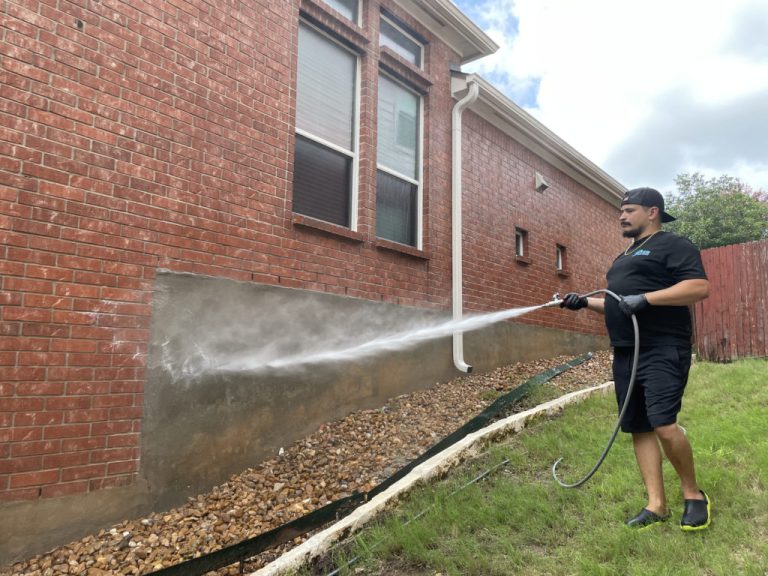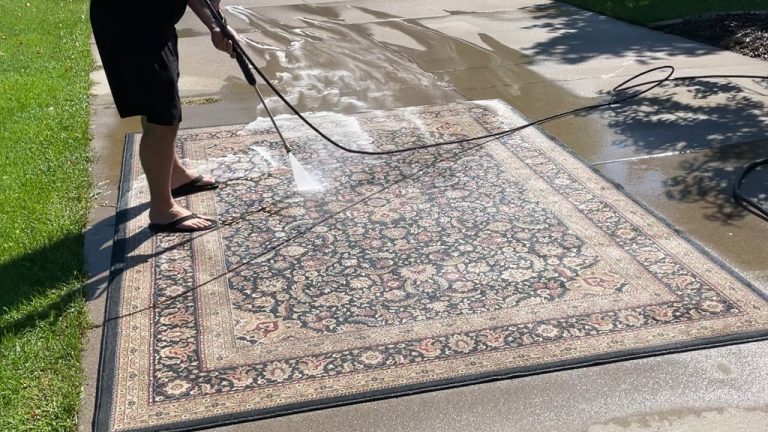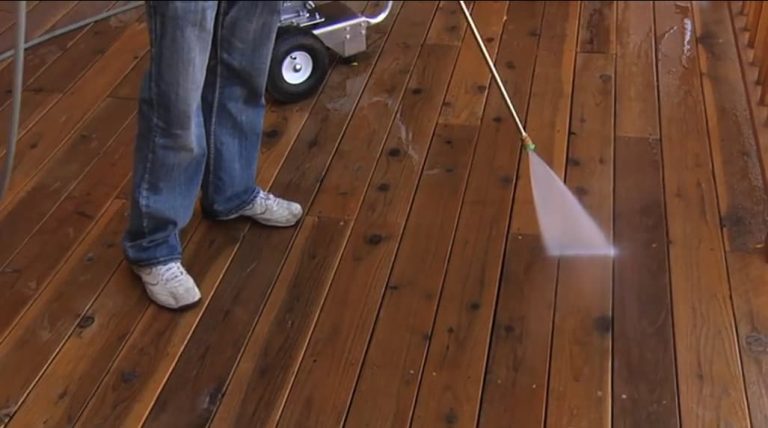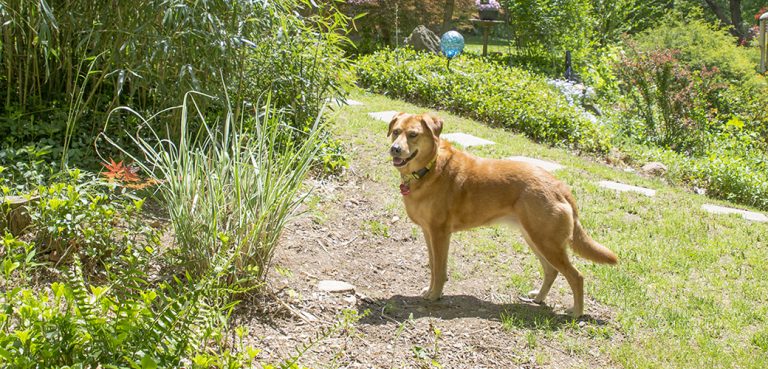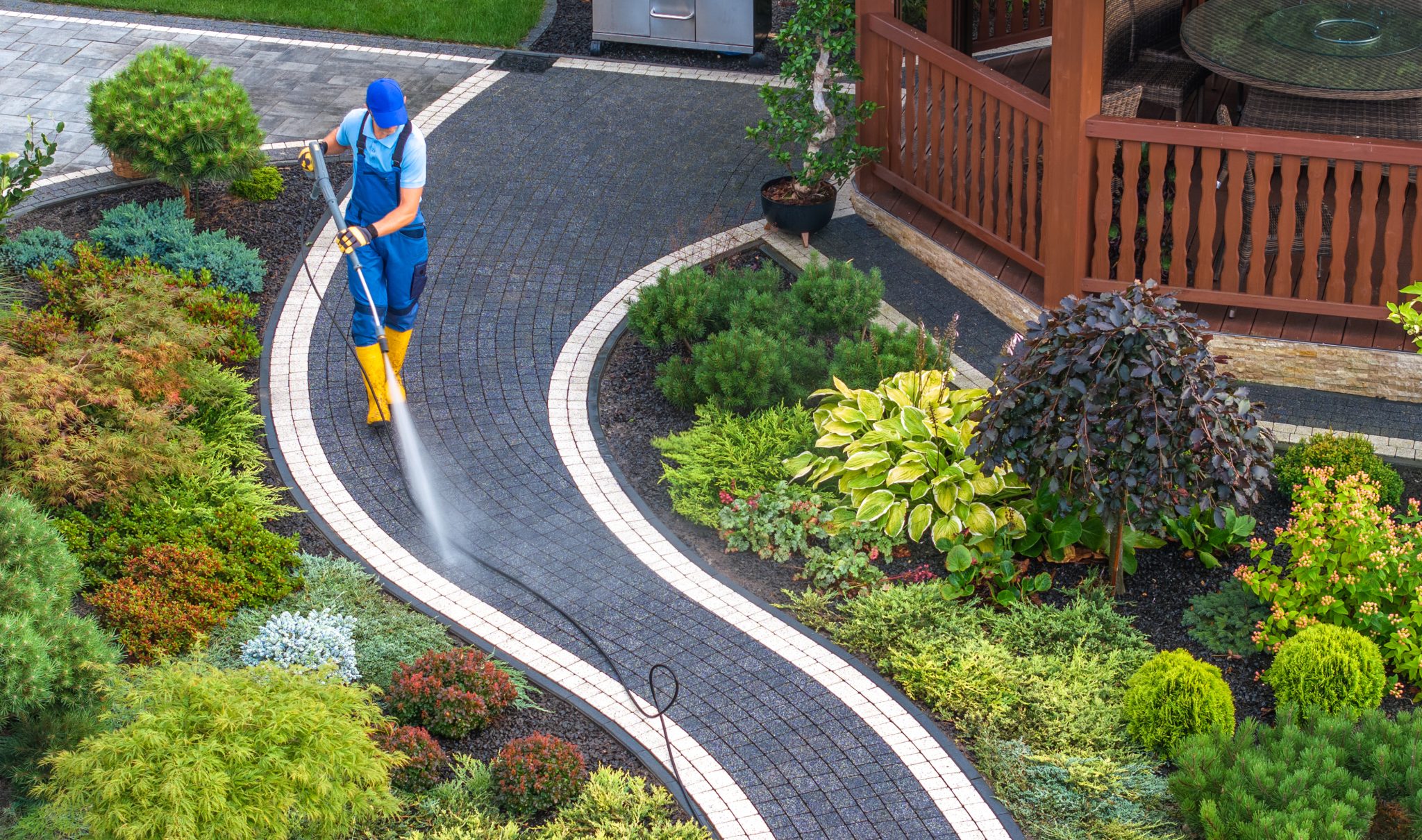
Power washing can leave your home’s exterior sparkling clean, but if you’re not careful, it can also leave your landscaping looking… well, a little worse for wear. 😬
Strong water pressure, harsh detergents, and overspray can damage flowers, shrubs, lawns, and even trees if you’re not proactive. Fortunately, with the right precautions, you can protect your garden and greenery while still giving your home a solid deep clean.
Let’s break down exactly how to safeguard your landscaping before, during, and after pressure washing. 🌱✅
🚿 What Are the Risks?
Pressure washers are powerful tools—and while that’s great for removing dirt and grime, it also means they can unintentionally harm your landscaping.
Here’s what your plants are up against:
- High water pressure can shred leaves, snap stems, or erode soil
- Harsh chemicals or detergents can be toxic to plants and grass
- Runoff water can pool at the base of plants, drowning roots or washing away nutrients
- Overspray can leave a residue or heat stress on delicate foliage
- Dislodged debris like paint chips or mold can settle in garden beds
🧠 The key to safe pressure washing is a blend of preparation, awareness, and careful technique.
🪴 Prepping Your Yard Before You Begin
✅ 1. Water Your Plants Thoroughly
This may sound counterintuitive, but a fully hydrated plant is less likely to absorb harmful chemicals. Think of it like diluting anything that might land on them.
🚿 Give the lawn and all surrounding plants a deep watering 1–2 hours before washing.
✅ 2. Cover Delicate Plants and Flower Beds
Use plastic sheeting, tarps, or drop cloths to shield:
- Flower beds 🌸
- Young or fragile plants
- Groundcover
- Potted plants or herbs 🌿
Secure the covers with rocks or stakes to keep them in place—especially if you’re working in windy conditions.
✅ 3. Move What You Can
Relocate potted plants, hanging baskets, or mobile planters away from the spray zone.
🪴 Bonus tip: Try to prep your home for power washing by turning planters so foliage is facing away from the pressure washer if they can’t be moved.
✅ 4. Use Plant-Safe Cleaners
Avoid harsh chemical degreasers or bleach-based detergents. Instead, look for:
- Biodegradable
- Non-toxic
- Plant-safe
🧴 Examples include Simple Green Outdoor Cleaner or Krud Kutter House Wash. These break down naturally and are safe around gardens (when used correctly).
💧 Smart Washing Techniques That Protect Plants
✅ 1. Spray Away from the Plants
Always direct your spray away from nearby plants. Use controlled sweeping motions, not erratic blasts.
🎯 Keep your nozzle pointed downward or parallel to the surface being cleaned.
✅ 2. Use a Wide Spray Nozzle
A 40° nozzle distributes pressure more gently and reduces splash-back.
🚫 Never use a 0° or turbo nozzle near landscaping—it can slice through leaves like a knife.
✅ 3. Start with Low Pressure
You don’t need full blast for most residential jobs. Lower pressure minimizes collateral damage.
🛡️ During & After Washing: Extra Safety Steps
✅ 1. Rinse Plants Immediately After Exposure
If any detergent or overspray gets on plants, rinse them immediately with a gentle stream of clean water from your hose.
💦 This dilutes chemicals and helps wash away residue before damage sets in.
✅ 2. Check for Pooling Water
After washing, check for runoff collecting at the base of flower beds or in lawn low spots. Excess moisture can drown roots or wash away nutrients.
🕳️ Use a rake or shovel to create small channels or clear drains as needed.
✅ 3. Remove Debris Promptly
Paint chips, mildew, or dirt from siding can fall into your garden—clear it out as soon as possible to prevent buildup or contamination.
⚠️ Common Mistakes to Avoid
- ❌ Skipping the rinse—never leave detergent residue on your plants
- ❌ Spraying directly at trees, bushes, or flower beds
- ❌ Using bleach near any landscaping
- ❌ Leaving plant covers on for too long (they can trap heat or moisture)
⏱️ Remove covers as soon as you’re done power washing to avoid baking your plants in the sun.
🧑🌾 Pro Tips for Long-Term Plant Health
- Use mulch around beds to protect soil from erosion
- Trim any branches or vines near siding before washing
- Avoid pressure washing on extremely hot, dry days—it can add stress to plants
- Consider waiting to wash if you’ve just fertilized (to avoid runoff loss)
🌼 Your landscape works hard to make your home beautiful—give it some love back!
✅ Final Thoughts
With a bit of planning and attention, you can pressure wash your home without sacrificing your plants. Cover what you can, water what you can’t, and always rinse away chemicals as quickly as possible.
When in doubt, think of your landscaping like your pets—if it wouldn’t be safe to spray on a dog, it probably isn’t great for your roses either. 🌹🧼💚
